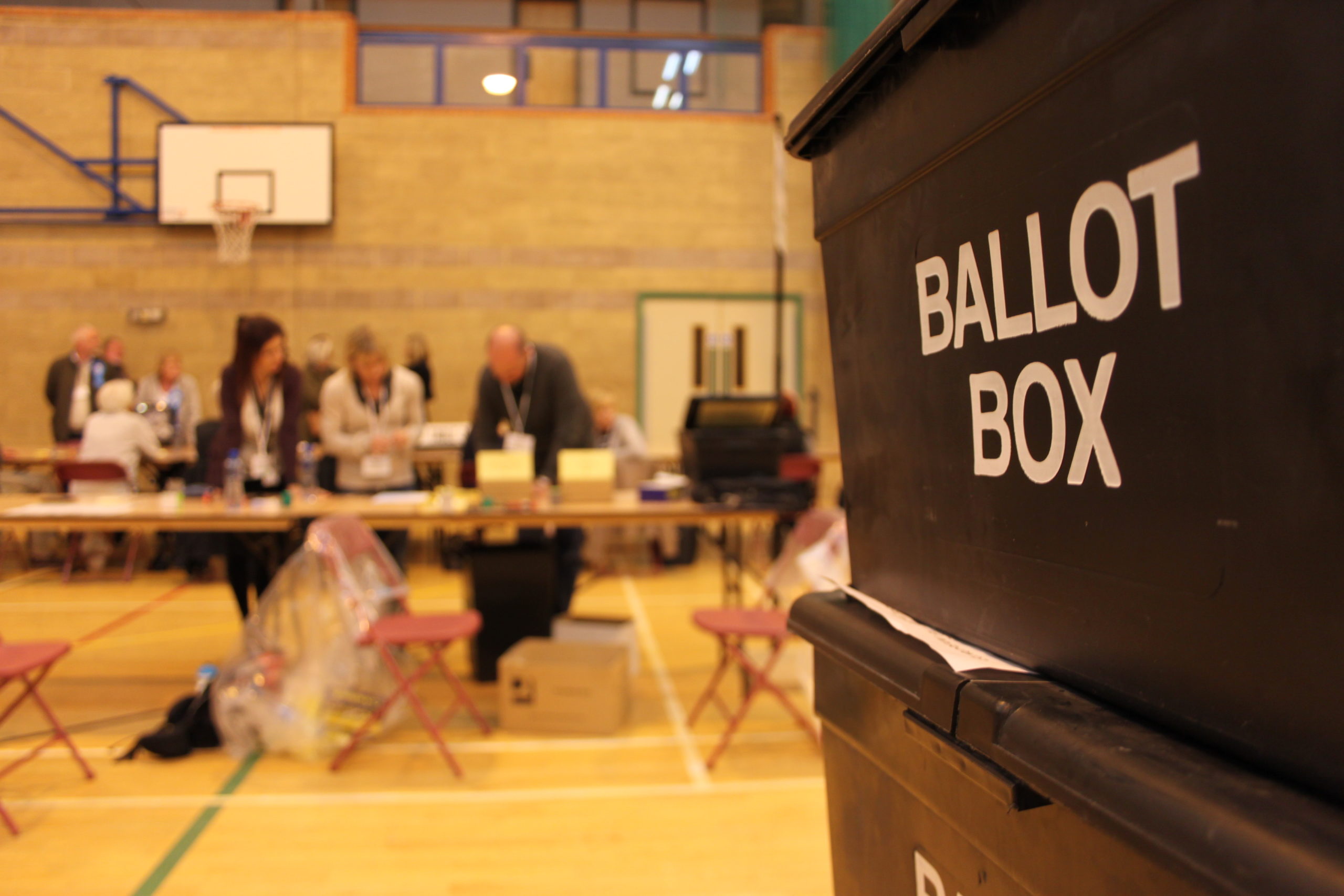
5. What happens at an election count? A step-by-step guide
The ballot boxes arrive
Once polls close, staff will deliver the ballot boxes containing postal votes and the ballot boxes from the polling stations to the count venue.
Each ballot box will have been allocated a specific number and will be checked in on arrival.
Stage one: counting/verifying the ballot papers
Once all the boxes have been checked, our count staff can begin counting the ballot papers.
This involves emptying each ballot box onto a table and then comparing the number of ballot papers that were in that box against the number recorded at the polling station or at our postal vote office.
Stage two: sorting the ballot papers
The ballot papers from different ballot boxes for each ward are mixed to preserve the secrecy of the vote. Our count teams will then sort the ballot papers for that area by candidate.
Ballot papers not marked with an ‘X’ in the box next to a candidate are passed to the Returning Officer or a Deputy to check – as long the voter’s intention is clear, their vote can be accepted as valid and be counted.
If it is not possible to work out the voter’s intention, their ballot paper is rejected.
Stage three: counting the votes!
After the sorting is complete, the real excitement begins as our count teams count the number of votes cast for each candidate!
Once all the votes and have been counted and checked against the total number of ballot papers from the first stage of the count, the Returning Officer will share the provisional result with candidates and their agents.
Declaring the result
If the candidates and agents are satisfied that there is a clear decision, it’s then time to announce the winner.
The Returning Officer will declare the result. The candidate(s) with the most votes will be elected as new councillor(s) or MP.

